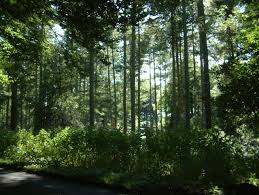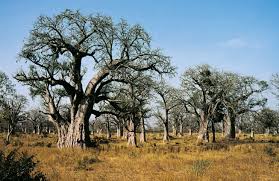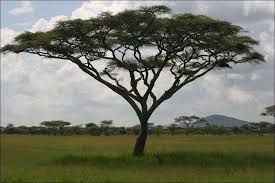The Rhino has been divided into two large populations in Africa. The White Rhino mainly populates South Africa. The Black Rhino on the other hand populates South Africa, Namibia, Zimbabwe, and Kenya. 40% of the Black Rhino population is housed in South Africa.
The main biomes that the Black Rhino resides in are wooded grasslands, broadleaved woodlands, and acacia savannas. The average highs and lows for the temperature of the Black Rhino’s habitat are 34 degrees celsius (93.2 degrees fahrenheit) for maximum high temperature and -2 degrees celsius (28.4 degrees fahrenheit) for minimum low temperatures. The average precipitation for the habitat is 450 mm (17.7 inches) per year.
The Rhino produces major amounts of fecal matter which helps fertilize its many environments. The Rhino is also considered a grazing animal which is why it lives in wooded grasslands, broadleaved woodlands, and acacia savannas. The Rhino shares its Biomes with such animal species as Kudus, Leopards, and Cape Buffalos. It shares its Biomes with birds such as the ostrich, the tawny eagle, and the spotted eagle-owl. The Rhino shares its biomes with such plants as the king sugar bush, the lithop, and the baobab tree. The king sugar bush, or the king protea is the South African national flower.
A Video National Geographic Did About Tracking Black Rhinos






